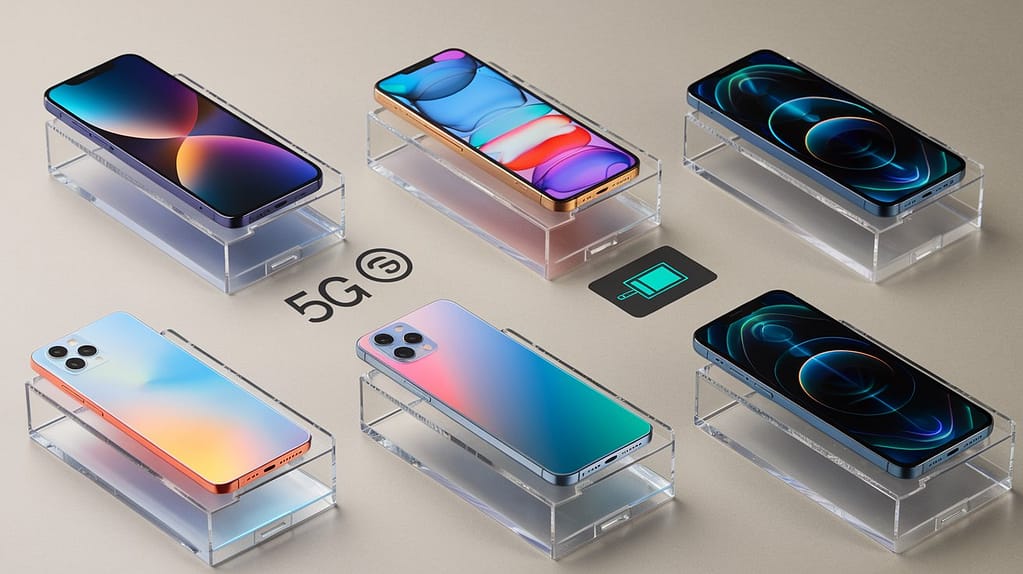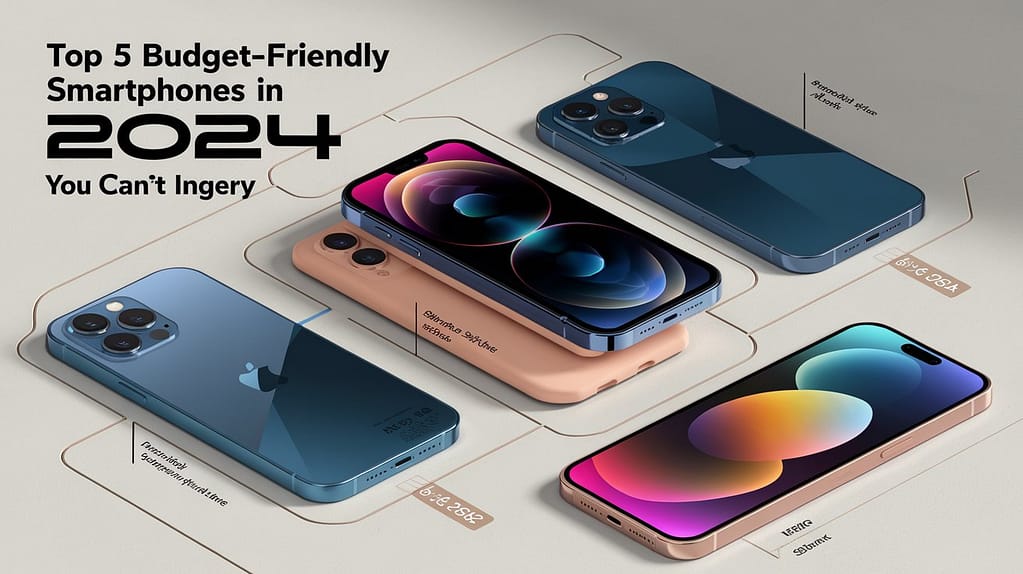In India, smartphones have become indispensable, and one of the biggest factors influencing buying decisions, especially in the budget segment, is screen technology. The display is where all the action happens—whether you’re watching videos, scrolling through social media, or reading the news. Two types of display technologies dominate the budget smartphone market: OLED vs LCD . This guide will break down the differences between these technologies to help you choose the best option for your needs.
What is OLED Technology?
OLED displays are built with Organic Light Emitting Diodes that produce light on a per-pixel basis. Unlike LCD, OLED doesn’t require a backlight, which allows for true blacks—when a pixel isn’t needed, it turns off entirely. This capability enables OLED to offer richer colors and higher contrast compared to LCD screens.

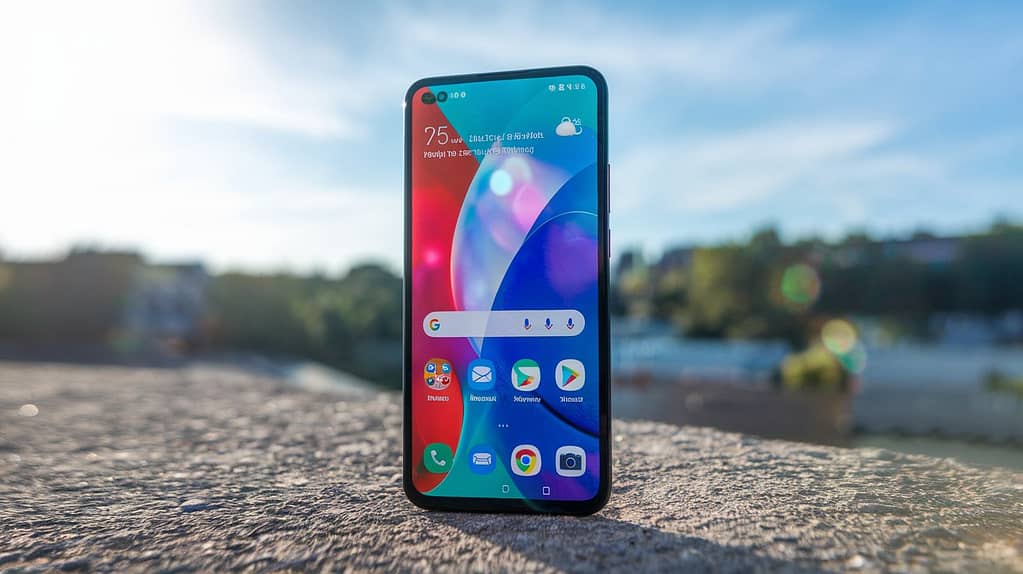
Advantages of OLED
- True Blacks and Infinite Contrast: Since OLED panels can completely turn off individual pixels, they can achieve perfect black levels and infinite contrast, providing a superior viewing experience.
- Vibrant Colors: OLED displays typically offer more saturated colors, which can make images and videos appear more vivid and lifelike.
- Better Viewing Angles: OLED maintains image quality, including brightness and color accuracy, even at extreme angles.
- Energy Savings in Dark Modes: Since OLED only lights the necessary pixels, it conserves power when displaying dark-themed apps, which can result in longer battery life.
Disadvantages of OLED
- Price: Although OLED technology is becoming more affordable, it still tends to be more expensive to produce compared to LCD screens. In India, budget smartphones with OLED displays generally start around ₹20,000.
- Burn-in Risk: Prolonged exposure to static images can cause screen burn-in, where traces of the image remain on the display.
- Lower Peak Brightness: OLED screens tend to be less bright than LCDs, which can affect visibility in direct sunlight.
What is LCD Technology?
LCD, or Liquid Crystal Display, has been the dominant screen technology for years and is widely used in budget smartphones priced under ₹15,000. LCD screens require a backlight to illuminate pixels, which can lead to issues like light bleeding in darker areas of the screen. However, IPS LCDs have come a long way and offer good color reproduction and viewing angles.
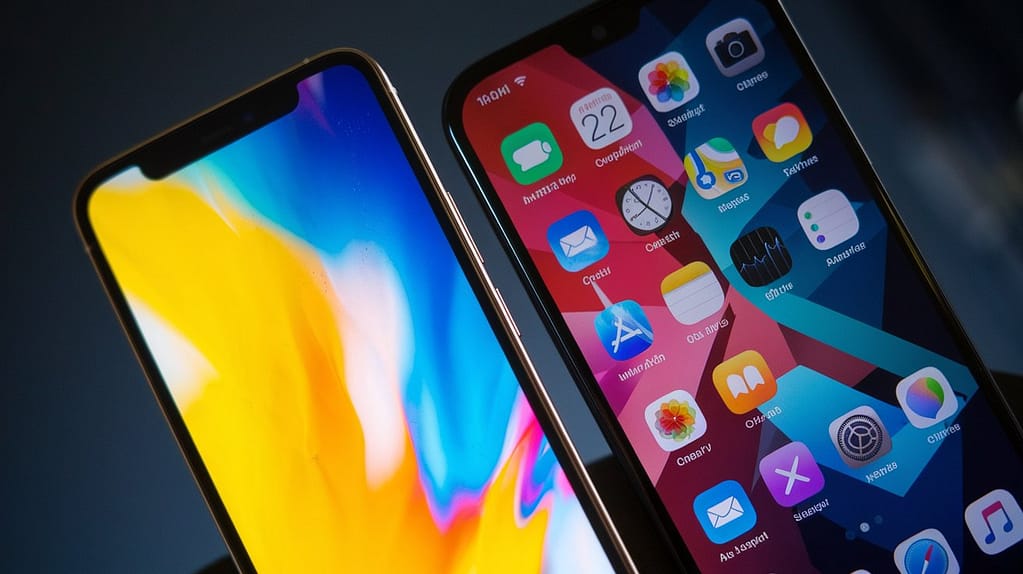
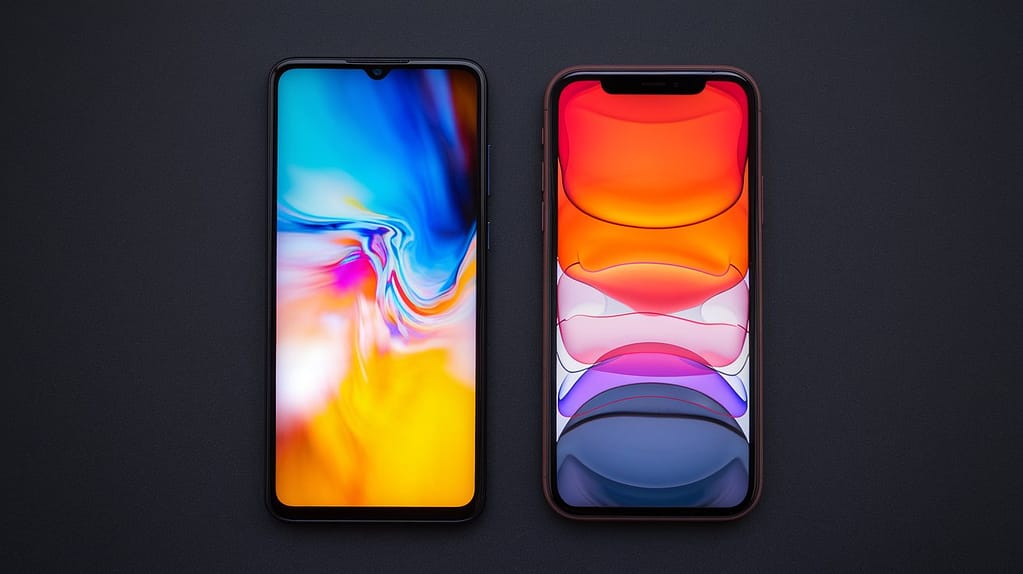
Advantages of LCD
- Affordability: LCD technology is cheaper to produce, making it the standard display in smartphones priced below ₹15,000.
- No Burn-in Issues: Unlike OLED, LCD screens are immune to burn-in, making them more durable over time.
- Brightness: LCDs, particularly IPS LCDs, offer high levels of brightness, which makes them easier to use outdoors, especially under direct sunlight.
Disadvantages of LCD
- Poor Black Levels: Since LCDs rely on a backlight, they cannot achieve true black, leading to lower contrast compared to OLED screens.
- Less Vibrant Colors: Colors on an LCD panel tend to be less vibrant and dynamic, especially when compared to OLED displays.
- Inferior Viewing Angles: Viewing an LCD screen from sharp angles can result in a loss of color accuracy and brightness.
Which Screen Technology is Better for Budget Phones in India?
When it comes to choosing between OLED and LCD for a budget smartphone in India, the decision largely depends on what you prioritize. Let’s compare the two in the context of Indian budget smartphones priced between ₹10,000 and ₹25,000.
OLED in Budget Smartphones
For consumers looking at smartphones priced between ₹20,000 to ₹25,000, OLED displays are becoming more common. With brands like Samsung and Xiaomi introducing OLED displays in mid-range phones, you can now enjoy better contrast, more vivid colors, and improved energy efficiency even in budget-friendly devices. If your primary use includes watching videos on streaming platforms like Netflix or YouTube, OLED might be the better choice.
LCD in Budget Smartphones
For phones priced between ₹10,000 to ₹15,000, IPS LCD screens remain the dominant choice. LCD panels provide a brighter display, especially useful for outdoor usage. Additionally, LCD screens are less prone to issues like burn-in, making them more durable and long-lasting for people who don’t upgrade their phones often.
The Future of Budget Phone Displays in India
As technology continues to advance, the gap between OLED and LCD in the budget segment is shrinking. More budget-friendly devices are now offering AMOLED panels, once a feature exclusive to premium smartphones. Indian consumers are getting access to flagship-level display quality at affordable prices, especially with brands focusing on delivering great value for money.
OLED vs LCD: Which One Should You Choose?
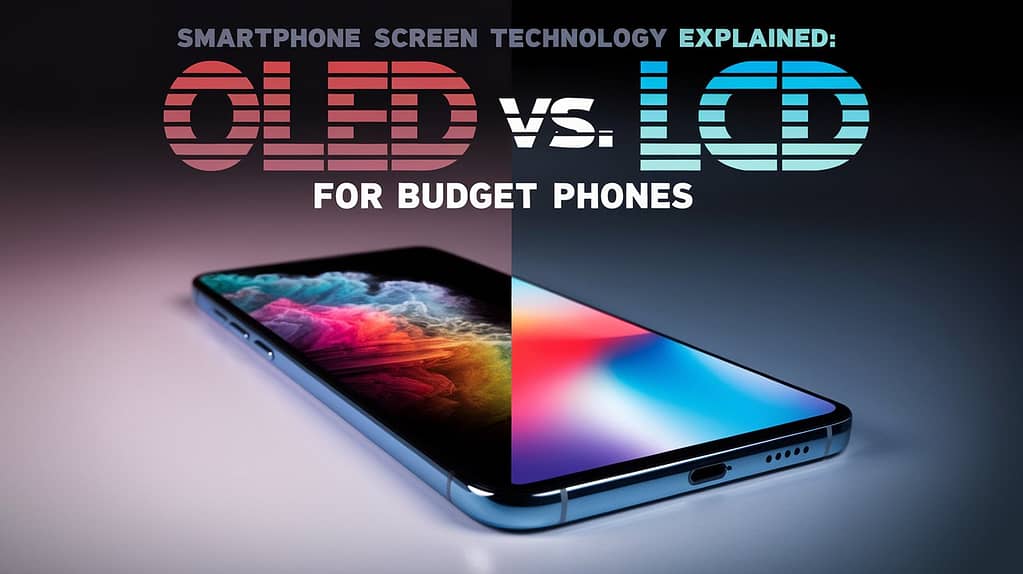
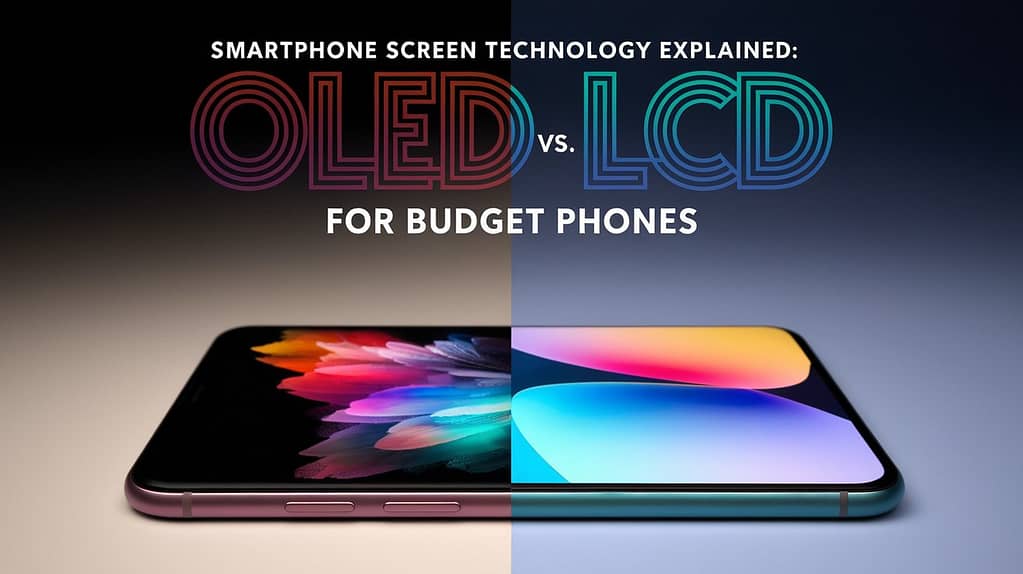
If you prioritize battery life and deep blacks for a more immersive video-watching experience, OLED is a fantastic choice. It is especially beneficial for users who use dark modes or apps that highlight vibrant colors. On the other hand, if you need a bright display for outdoor usage and are concerned about long-term durability, LCD is still a reliable and cost-effective option.
For most users, OLED is the best choice if your budget allows it, offering a more premium experience. However, LCD technology remains the go-to option for those who need a balance of good performance, brightness, and durability, all at a lower cost.
Conclusion
In the world of smartphone screen technology, both OLED and LCD offer unique benefits. If you’re shopping for a budget phone in India, your decision should be based on how you intend to use the device. Whether you prioritize vibrant colors and deep blacks (OLED) or brightness and durability (LCD), both technologies are excellent choices in the ₹10,000 to ₹25,000 range.
